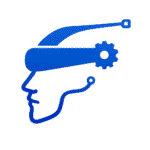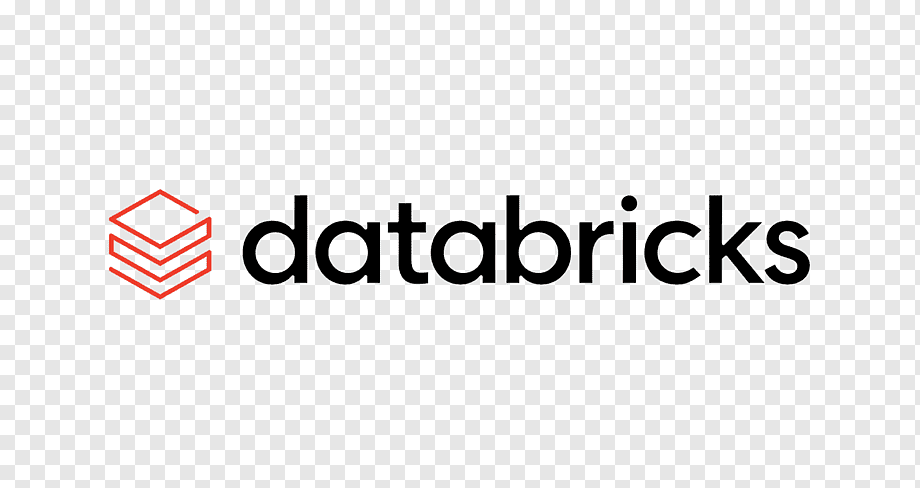Databricks is a powerful platform designed to handle all your data needs by combining the benefits of a data lake and a data warehouse into what’s called a “lakehouse.” This unified solution helps overcome the challenges most organizations face with traditional data platforms.
In this blog, we’ll break down the problems organizations typically encounter with their data systems and how Databricks addresses them. We’ll also explore Databricks’ lakehouse architecture, its use of open-source formats to avoid vendor lock-in, and how it simplifies data management.
Table of Contents
- Challenges with Traditional Data Platforms
- What is Databricks?
- How Databricks Utilizes the Lakehouse Architecture
- Databricks Open Source Solutions: Avoiding Vendor Lock-In
- Benefits of Databricks’ Lakehouse
- Databricks High-Level Architecture
- Summary
- FAQs
Challenges with Traditional Data Platforms
In a traditional data platform setup, organizations face several challenges:
- Too Many Tools
A typical data platform uses different tools for various tasks, such as:
- ETL (Extract, Transform, Load)
- Data Warehousing
- AI/ML Processing
- Reporting (Business Intelligence or BI Tools)
- Data Governance and Security.
- Managing multiple tools is not only complex but also time-consuming. Integrating these tools can be a nightmare, often resulting in inefficiencies and security risks.
2. Data Governance Issues
With multiple tools in the data pipeline, managing data security, access, audit logs, and data lineage becomes harder. If different parts of the system aren’t well integrated, sensitive data can be at risk of breaches or data leaks.
What is Databricks?
Databricks is a unified data intelligence platform that solves the problems of traditional data platforms by bundling all the necessary tools into a single solution. Whether it’s ETL, data warehousing, AI/ML jobs, or reporting, Databricks handles it all within one platform.
How Databricks Utilizes the Lakehouse Architecture
What is a Data Lakehouse?
A data lakehouse combines the flexibility of a data lake with the efficiency of a data warehouse. It’s an architecture that allows you to store data in an open format while performing both data analytics and AI/ML operations from the same system.
Key Features of Databricks’ Lakehouse:
- Data Lake: Stores raw data in open-source formats like Parquet or CSV.
- Delta Lake: The engine that sits on top of the data lake to provide features like ACID transactions, version control, and audit logs.
- Data Warehousing: You can run both AI/ML workloads and BI queries on the same data, eliminating the need to duplicate or move data between systems.
Databricks Open Source Solutions: Avoiding Vendor Lock-In
A major challenge in traditional platforms is proprietary solutions that cause “vendor lock-in.” This means you can only access your data through the vendor’s tools and formats.
How Databricks Solves This:
- Open Formats: Databricks allows you to store your data in open formats like Parquet or CSV, which can be accessed by any tool, not just Databricks.
- Delta Lake: An open-source engine that interacts with your data. If you ever decide to switch platforms, you can easily take your data with you without being locked into a specific vendor’s solution.
Benefits of Databricks’ Lakehouse
Databricks’ lakehouse offers several key benefits:
- Unified Platform: It brings together data lakes, data warehouses, AI/ML, and BI tools in one place, eliminating the need for multiple tools.
- No Data Duplication: You don’t need separate copies of your data for different uses. Your data in the lake can serve both AI/ML models and BI dashboards.
- Delta Lake Features: Provides functionalities like ACID transactions, data versioning, and audit trails, making it as reliable as traditional RDBMS systems.
Databricks High-Level Architecture
Databricks’ architecture consists of several layers, each designed to streamline data workflows and make it easier for different types of users to access and manage data.
- Cloud Platforms: Databricks can run on any major cloud provider (Azure, AWS, or GCP), allowing you to store your data in a cloud-based data lake.
- Delta Lake: This engine enables the data lakehouse functionality, giving you the ability to work with both AI/ML workloads and BI tasks on the same data.
- Unity Catalog: Databricks’ governance solution for managing data security, access, and auditing.
- Data Intelligence Layer: This layer provides insights from your data using the power of Delta Lake and the governance of Unity Catalog.
- User Personas:
- Data Engineers: Use tools for Jobs management, Workflows management, and Spark scripts creation and handling.
- Data Analysts: Work with Databricks SQL and Dashboards.
- Data Scientists: Utilize AI/ML tools within the platform.
Summary
Databricks offers a Data Intelligence Platform that combines the capabilities of a data lake and a data warehouse into a lakehouse. With open-source solutions and advanced features like Delta Lake, Databricks eliminates the complexity of managing multiple tools, avoids vendor lock-in, and provides a unified environment for AI/ML and BI.
FAQs
- What is Databricks used for?
Databricks is a data platform that unifies data engineering, AI/ML, and data analytics within a single environment. - What is a data lakehouse?
A data lakehouse combines the features of a data lake and a data warehouse, allowing you to store raw data and perform analytics without moving data between systems. - How does Databricks avoid vendor lock-in?
Databricks stores data in open-source formats like Parquet, allowing you to access and move your data freely without being tied to one vendor. - What is Delta Lake?
Delta Lake is an open-source storage layer that provides ACID transactions, version control, and auditing on top of your data lake, making it more reliable.
Thanks for your time! Support us by sharing this article and explore more AI videos on our YouTube channel – Simplify AI.


Leave a Reply